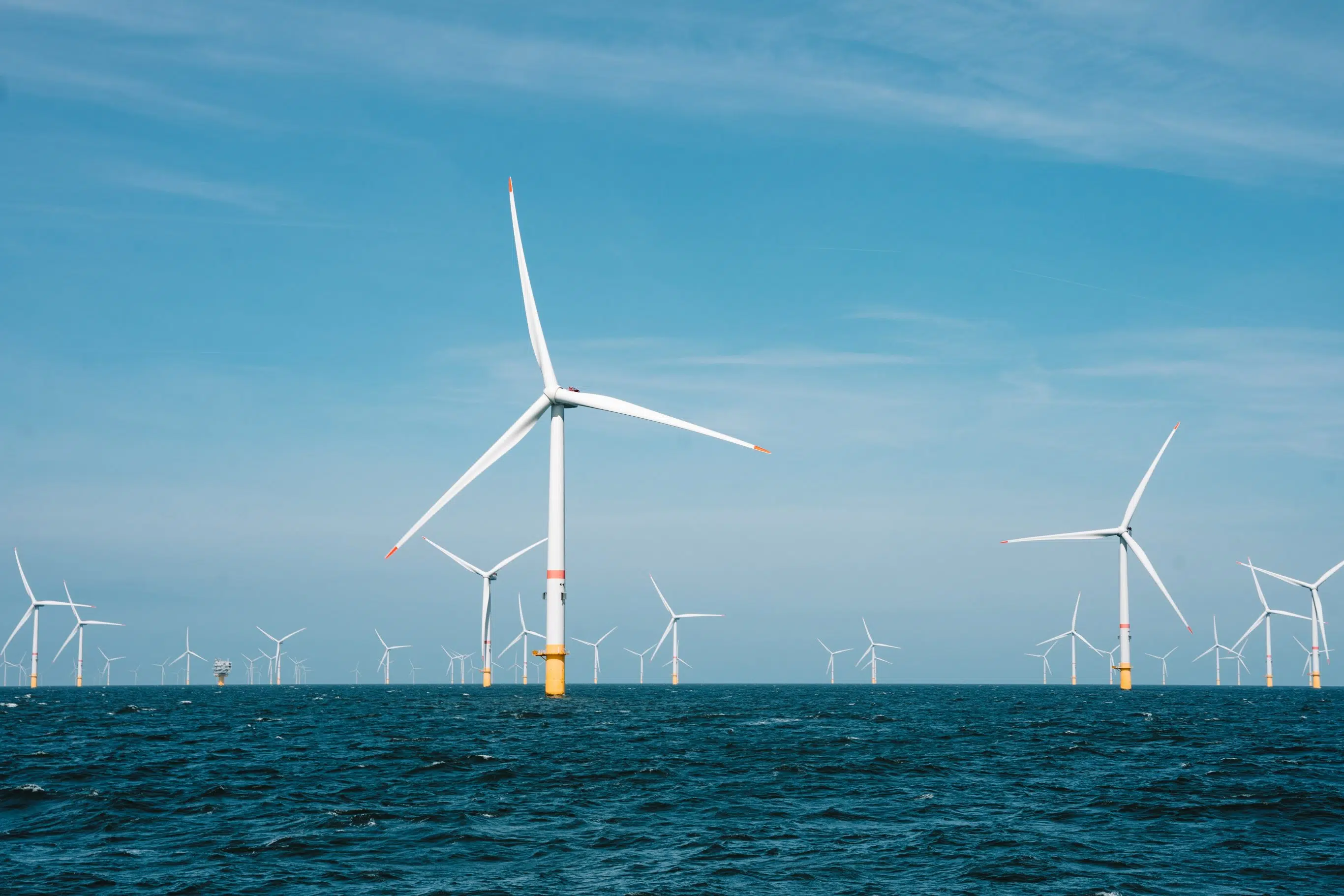Off-shore wind won’t help Nova Scotia reach its 2030 renewable energy goal, according to Natural Resources Minister Tory Rushton, because it won’t be ready in time
But Rushton says the government will meet their target of 80 per cent renewable energy on the grid by 2030 anyway.
“The off-shore wind conversation is more about reaching the targets in 2050 but also reaching our goals to be in a green hydrogen producer world,” said Rushton.
The government wants to lease land to energy companies by 2030 so the companies can later use it to produce five gigawatts of electricity, according to a 2022 news release. Companies can bid for land leases starting in 2025.
Realistically, the off-shore turbines might be up and running by 2030 or 2031, Rushton said.
But department spokesperson Patricia Jreige said after a company gets a lease, it “will likely take several years” to have the wind tech running.
Rushton announced the second phase of the off-shore wind project on Friday.
It includes educating people about off-shore wind and planning how to use existing infrastructure, like ports, with the project, he said.
It also includes teaching businesses and communities about off-shore wind to help them participate in the industry, along with training a “varied workforce,” according to a news release.
The department is also looking at other jurisdictions, like the United States, where they already have off-shore wind turbines.
The turbines would power a facility that separates hydrogen from water. It qualifies as green energy because the turbines are a renewable source, unlike coal, which is often used to create hydrogen in a similar process.
“Every port in Nova Scotia has an opportunity to reap some benefits and further education and further opportunity for their communities,” he said.
Bill C-49, which aims to amend rules around off-shore wind, is in the senate, pending review by the committee.
Once that’s passed, Nova Scotia will have to mirror the legislation, but that brings off-shore wind one step closer.
The third phase will start next year, Rushton said, which would focus on feedback from “Mi’kmaq of Nova Scotia, fishers, environmental organizations, academia, communities , industry, the research community, ocean users and other interested parties,” the release said.
Off-shore wind and green hydrogen would be great for the province because typically we import energy, Rushton said, and this would allow us to become an exporter, sending green hydrogen to markets outside the province.
“I think of only a comparison to Alberta, where they were exporters of their energy [oil] for many, many years and reap many benefits,” he said.
“I can only imagine the benefits that my children and grandchildren would be able to benefit here in Nova Scotia when we become an exporter of green renewable energy.”
Editor’s note: An earlier version of this story cited a government report, titled “Our Climate, Our Future:
Nova Scotia’s Climate Change Plan for Clean Growth,” which says Nova Scotia hopes to have five gigawatts of off-shore wind by 2030. The government later clarified, saying the government hopes, by 2030, to lease land that would later be used for off-shore wind.










